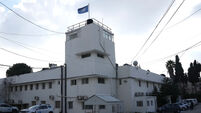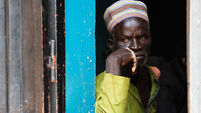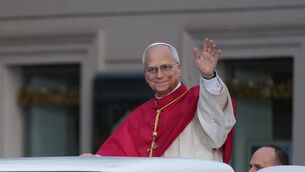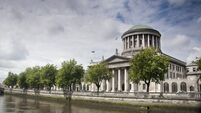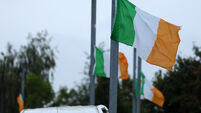You must first know your enemy
SOME months after September 11, a Czech-based informer told his police handler that a known Iraqi agent had met a young Egyptian in a Prague café in the spring of 2001. The Egyptian was Mohammed Atta, the leader of the 16 terrorists who carried out the suicide attacks on the World Trade Center and the Pentagon.
Though the CIA was cautious about the quality of the intelligence, a specialised unit was set up in the Pentagon by Bush administration hawks to sift through raw intelligence data.








